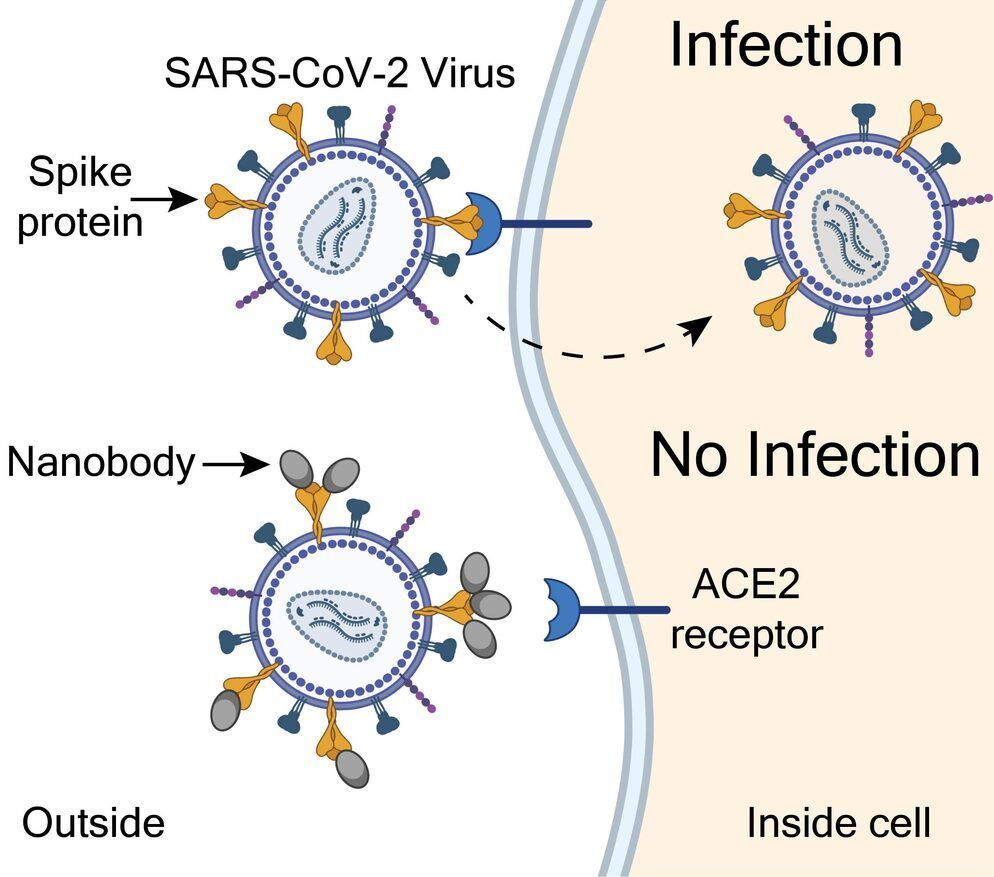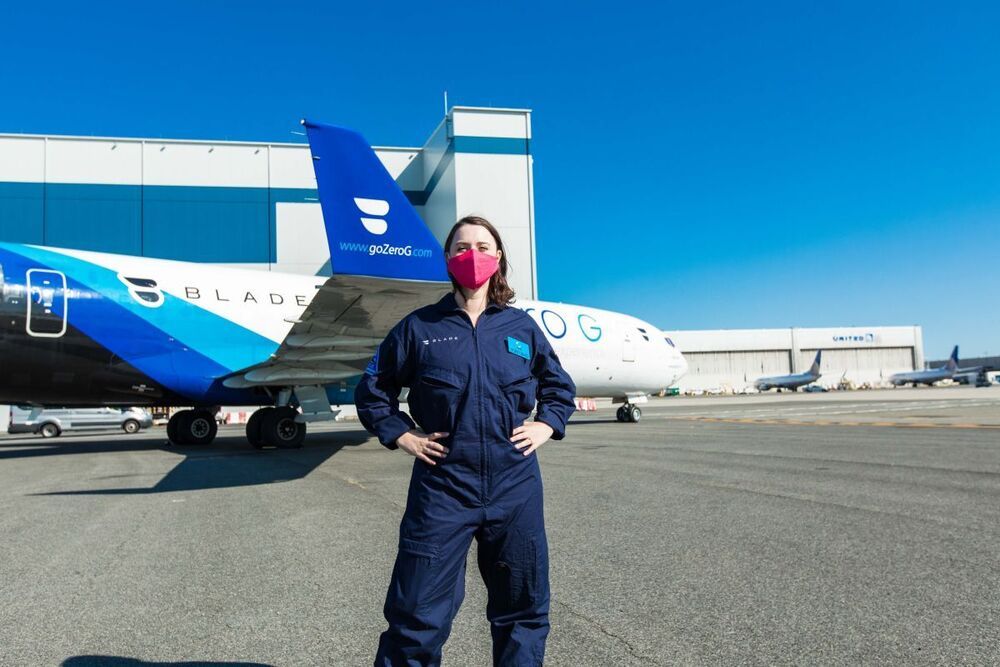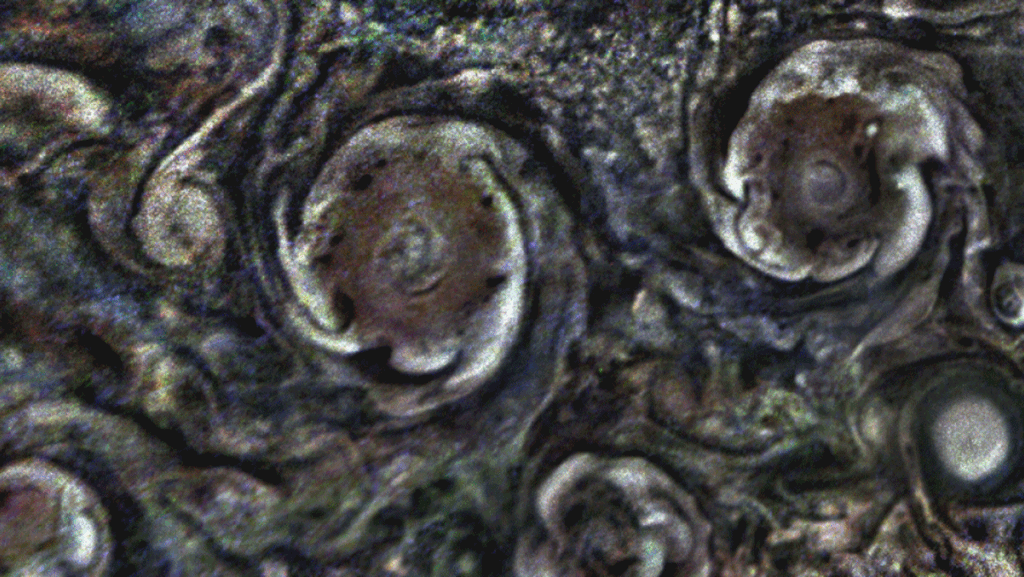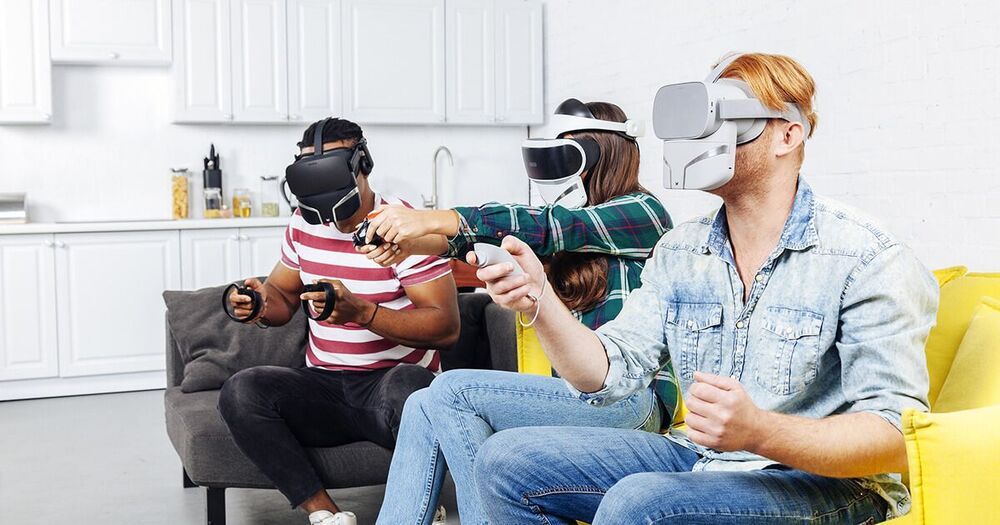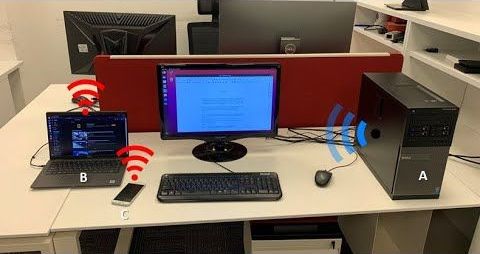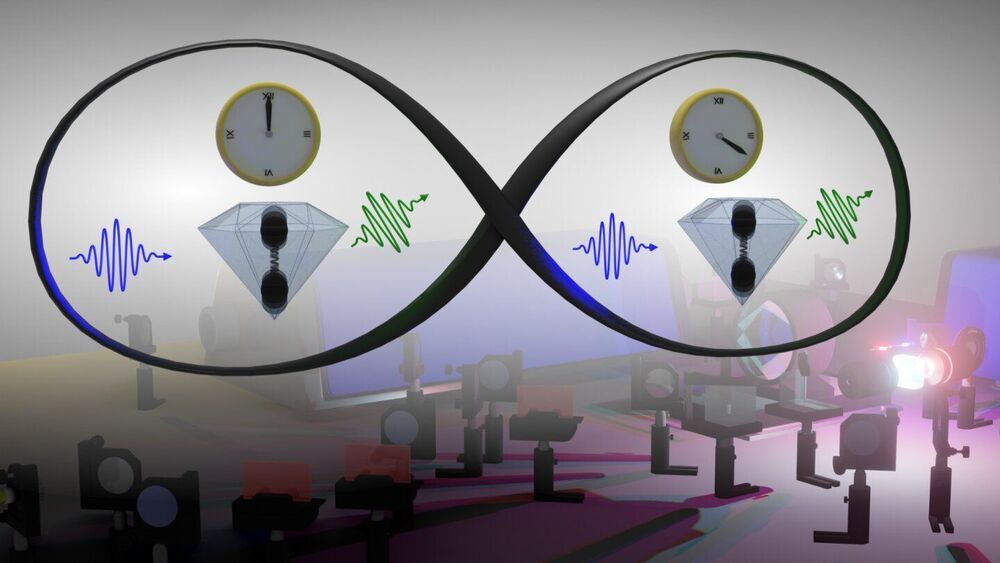Dec 22, 2020
Mini Antibodies Produced by a Llama and Isolated by Neuroscientists Could Prevent COVID-19 Infection
Posted by Quinn Sena in categories: biotech/medical, health
Preliminary results suggest anti-COVID19 nanobodies may be effective at preventing and diagnosing infections.
National Institutes of Health researchers have isolated a set of promising, tiny antibodies, or “nanobodies,” against SARS-CoV-2 that were produced by a llama named Cormac. Preliminary results published in Scientific Reports suggest that at least one of these nanobodies, called NIH-CoVnb-112, could prevent infections and detect virus particles by grabbing hold of SARS-CoV-2 spike proteins. In addition, the nanobody appeared to work equally well in either liquid or aerosol form, suggesting it could remain effective after inhalation. SARS-CoV-2 is the virus that causes COVID-19.
